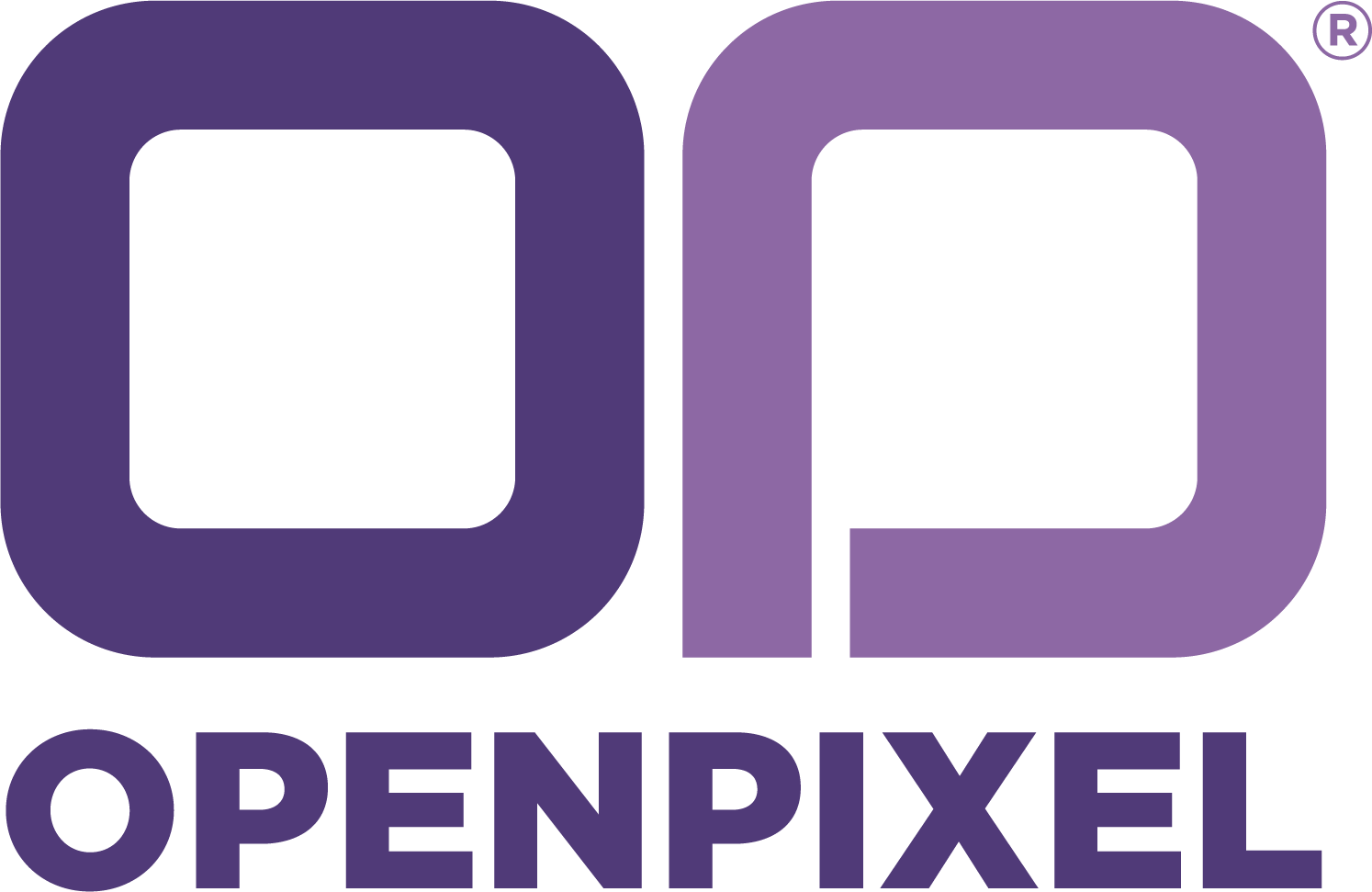Re-Time Your SMART Goals
In any business course, you’re likely to hear the term SMART goals as a strategy to create a clearer direction for your business. SMART is an acronym that describes how to break down the creation of a goal. Your goals should be:
Specific
Measurable
Actionable
Relevant
Time-Bound
The Time-Bound section of your SMART goal is typically associated with a specific date. For example, you may want to identify your current customer’s pains by conducting a survey, and you set a date of completion for Dec 1st. That date is set sometimes based on data. Other times, it’s based on arbitrary ideals or expectations that a lead or an executive feels they should have.
For our three business owners, each with their own perspective and ideas about when things could get done by, the time-bound system brought a number of questions to the table:
What happens if the goal is never completed (i.e. we just keep pushing back the milestone date)?
Are we only going to work on SMART goals that have the tightest deadline? Wouldn’t that feel like we’re just constantly putting out fires, as opposed to working on long-term development?
Does every goal truly need a specified deadline?
We sat down and thought through the ways we could change the SMART goal system; to still include the concept of time, without associating a milestone date.
To Open Pixel, the T in Smart Goals now stands for the total amount of meetings it would take to complete a task. Let’s take a look at what this looks like in an example:
Our team needed to create a structure for what our quarterly meetings would look like. We knew this particular objective would require discussions around what we wanted to include, as well as time in between those meetings to do any research, create document drafts, and time for feedback/iterations.
So we estimated 4 meetings to complete this objective, disregarding any date associated with its completion. Each meeting would need to serve a specific purpose:
Kick-off the objective
Discuss key elements we’d like to include
Discuss key elements we’ve researched that should be included
Give feedback on the template to bring it to completion
If you take this approach, you still get some indication of time depending on your company’s meeting lengths and how often you schedule them. Without a planned date of completion, you eliminate the pressure of trying to get something done just because you, as an executive, want it done faster.
When an objective does become time-sensitive, you still have a sense of how many meetings are left to complete the task and can adjust accordingly.
Open Pixel works on multiple SMART goals simultaneously, so we’ve built a system of how many meetings we’re willing to have each week. If we suddenly decided to make the above objective due by next week, our entire structure would change. More meetings would have to be added throughout the week, and we would be scrambling to do our client work on top of getting this task done.
So when a SMART goal does become time-sensitive, we simply switch the priority and focus the same planned number of meetings solely on that single goal. The other goals are considered on hold until the urgent goal is completed.
Overall, it’s worth taking a look into your structure to see how you and your employees feel about the time-bound approach to all SMART goals. Ask yourself if there are ways to reduce urgency in some areas to allow for objectives to succeed by giving them the time they truly deserve.
Here’s a summary of the action items you can take with this approach:
Take a look through your list of SMART goals
Identify which ones may not need to have a milestone date
Determine what approach you could take to keep those goals on target, without requiring a deadline
The number of meetings it would take to complete the goal
The urgency or importance of each goal
Start working on your SMART goals!
At Open Pixel, we’re proud to be open to new ideas and approaches. If you have an idea for a new animation you’d like to create, give us a call and we’ll be ready to support your goals!



